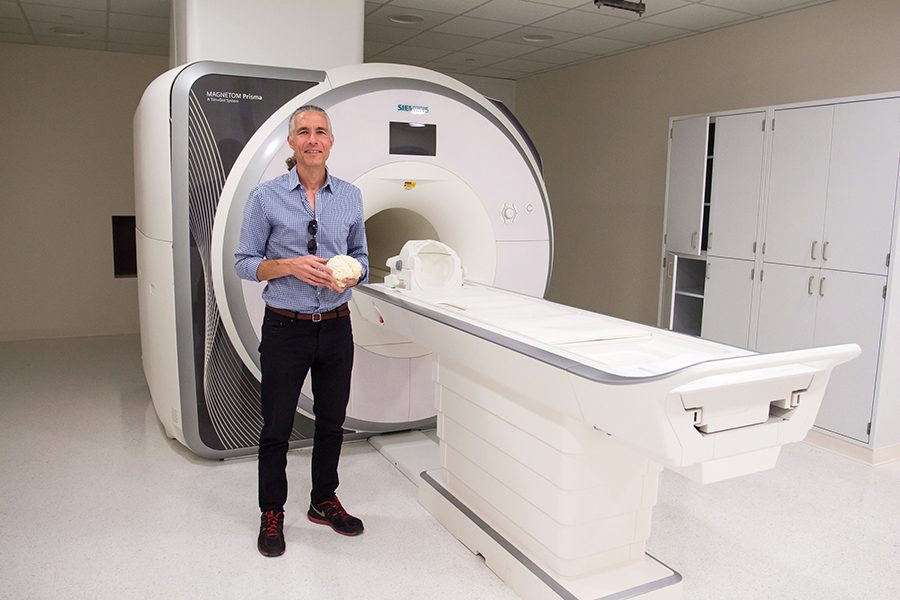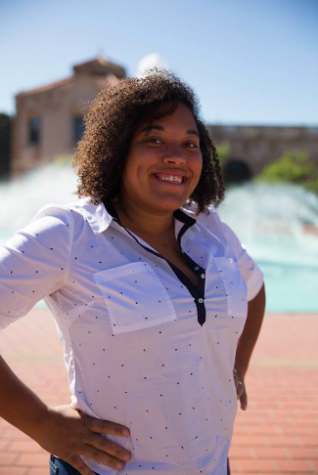The $2 million Siemens 3T Prisma MRI system was funded as part of the $90 million budget for the new Engineering and Interdisciplinary Sciences building, according to Martin Sereno, director of the MRI Imaging Facility.
It’s set to be completely installed in two months.
SDSU researchers who use MRI data as part of their research have been using systems at UC San Diego. Sereno said this will continue until SDSU’s MRI system is fully operational, at which point he said he hopes research teams on the Mesa will use the new machine.
“There are quite a few people at SDSU who are currently going to UCSD and paying UCSD to run research scans on the scanners at UCSD,” Sereno said. “Our first function, in part, here is to attract those guys back here to use our magnet.”
Physics Department Chair Usha Sinha, who uses MRI research to study muscle fiber architecture, said she currently collaborates with her husband, UCSD researcher Shantanu Sinha, to conduct their research at his university.
Once the SDSU machine is ready for use, she said the scanning for their research will move. It’s a “state-of-the-art scanner,” and more customizable.
“To have a scanner on-site, one can scan many more imaging experiments,” Sinha said. “We’ll also have the option of doing more protocols and sequence design, which is not a flexibility we had when we had to use a scanner outside (of SDSU).”
Researchers currently spend about $600 per hour to use UCSD’s machine, Sereno said.
After SDSU’s scanner is operational, they will instead be able to pay to use the new machine. Funds from the charges for using the SDSU scanner will be used for maintenance and program funding, he said.
MRI data can be useful to a wide variety of research fields, including physics, geology, engineering, biology, psychology and more, Sereno said.
Sara Gombatto, a physical therapy researcher who specializes in lower back pain, said her research will benefit from the on-campus MRI system because it will eliminate the need to schedule research participants for two separate sessions at two separate universities — something she has to do often.
“There’s only so much we can observe when we see a person in the clinic by looking at their posture and movement. We don’t know what is going on underneath the skin,” she said. “It will really open up a lot of possibilities to get multimodal measures of individual participants within the same study without having to ask them to come to two separate sessions.”
Having an MRI system at SDSU will open up the possibility of collaboration between various investigators and departments across campus, Gombatto said.
“Now that all of the work (will be at) SDSU, it has brought to light all of the different MRI studies that are happening with investigators across campus, so I am really excited about the possibility of collaborations,” Gombatto said.








